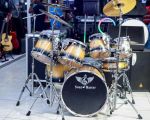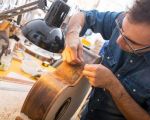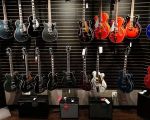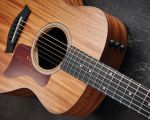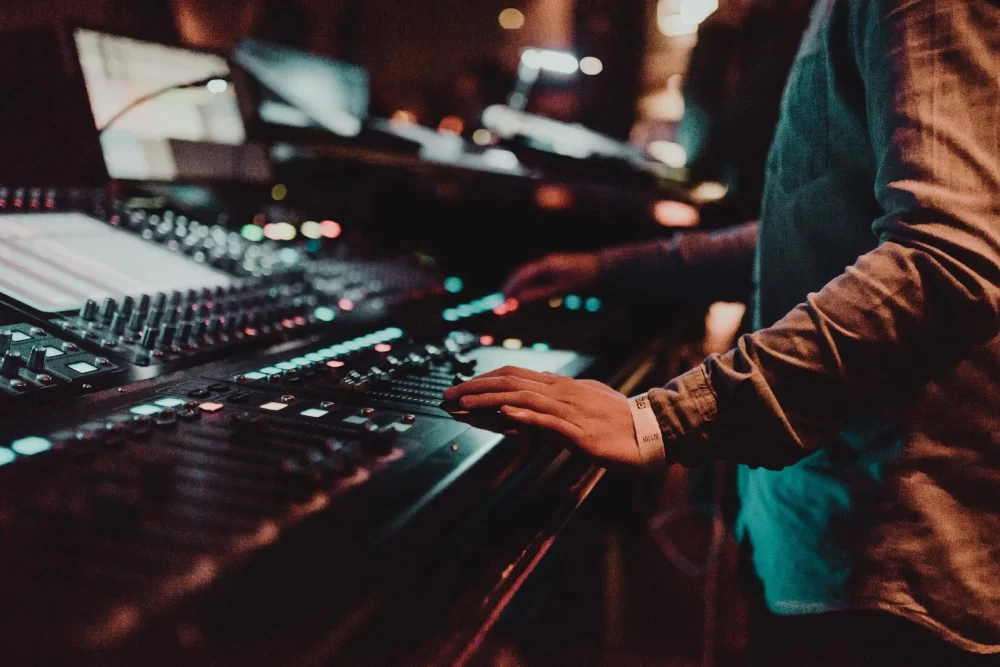
The Ultimate Guide to the Best Music Equipment for Live Performances in the US
As a musician, performing live is one of the most exhilarating experiences. However, a great live performance goes beyond just playing your instruments; the right equipment can make or break your show. From sound systems that fill the venue with crisp, clear audio to instruments that enhance your performance, choosing the best music equipment is essential for every live event.
1. The Sound System: The Backbone of Every Performance
When it comes to live performances, the sound system is arguably the most important piece of equipment you’ll invest in. Whether you’re performing in a small venue or a large arena, the right speakers, mixers, and microphones can drastically enhance the audience's experience.
Choosing the Right Speakers
One of the first things you need to think about is the type of speakers you’ll need. For smaller venues, you might want to go for portable, powered speakers that can easily be transported. Brands like JBL and Bose are well-known for their high-quality portable speakers that provide crystal-clear sound with great bass. For larger venues, you’ll need more powerful speakers, possibly including subwoofers to ensure the bass is deep and rich. Systems from QSC and Meyer Sound offer a great balance of power and clarity.
Mixers: The Control Center
A good mixer allows you to control and balance every element of your sound, from vocals to instruments. Digital mixers like the Yamaha TF series or the Behringer X32 provide an easy-to-use interface and advanced features, perfect for musicians and sound engineers alike. The best mixers are those that suit your band’s size and style. If you’re playing solo, a compact mixer might be sufficient, but for a full band, a larger, more robust model is ideal.
Microphones: Clear and Crisp Audio
Don’t skimp on microphones. A poor-quality mic can distort your voice or instruments, ruining the performance. Dynamic microphones are often preferred for live performances due to their durability and ability to handle high sound pressure levels. Shure’s SM58 is the gold standard in vocal microphones, while Audio-Technica’s AT series provides excellent instrument mics.
2. Instruments: The Heartbeat of Your Performance
No live performance is complete without the right instruments. Whether you’re a guitarist, drummer, or keyboardist, selecting the best instruments for your performance can elevate your show to another level. Here are some tips on choosing the right instruments.
Guitars and Bass: Tone is Everything
For guitarists and bass players, selecting the right instrument is crucial. Acoustic guitars like those from Martin or Taylor offer great resonance for unplugged gigs, while electric guitars from Fender or Gibson provide iconic sounds that have been the backbone of live performances for decades. When choosing a bass, look for reliability and tone. Instruments from brands like Music Man or Fender will deliver a rich sound and are built to withstand the rigors of live shows.
Drums: From Acoustic to Electronic
Drums are often the powerhouse of a live performance. Traditional acoustic drum kits, like those from Pearl or Ludwig, provide a natural, resonant sound that fills the room. For musicians who need versatility or smaller setups, electronic drum kits like those from Roland or Yamaha are a great choice. Electronic kits offer the ability to tweak sounds and reduce stage noise while still delivering a professional-grade performance.
Keyboards: Add Layers of Sound
Keyboards are a key part of many live performances. When looking for a live performance keyboard, consider models like the Yamaha Motif or Roland RD series. These keyboards not only sound great but are built to withstand the demands of the stage. Depending on your needs, you might choose a digital piano for acoustic sound or a synthesizer for more versatile electronic tones.
3. Stage Setup: Arranging Your Gear for Maximum Impact
How you set up your equipment on stage is just as important as the gear itself. A cluttered stage can hinder your movement and distract from the music. Here are a few tips to keep your setup clean and effective.
Pedalboards and Effects
If you’re a guitarist or bassist, pedalboards are a great way to control effects and sounds throughout your performance. Companies like Boss and Electro-Harmonix offer a wide range of effects pedals, from overdrive and delay to reverb and distortion. Organizing your pedals into a tidy board can make your performance run smoothly and look professional.
Wired vs. Wireless
When it comes to microphones and instruments, the choice between wired and wireless systems can significantly impact your performance. Wireless systems like those from Sennheiser and Shure give you more freedom on stage, allowing you to move around without being tied down by cables. However, they require a good battery life and a stable connection, so make sure to test them before the show.
4. Accessories and Extras
While the main equipment is important, accessories like stands, cables, and cases should not be overlooked. A good microphone stand, like those from K&M, can make a big difference in terms of comfort and stability. Ensure that you have high-quality cables for your instruments and microphones; poor cables can lead to audio dropouts and signal issues.
Choosing the Right Case for Your Gear
Protecting your instruments is crucial for their longevity, especially when transporting them to different venues. Invest in durable cases and gig bags from companies like SKB or Gator, which offer hard cases and soft bags for a variety of instruments. These will keep your gear safe from damage during travel and help ensure you have everything you need for the show.
5. Troubleshooting Common Live Performance Problems
Even with the best equipment, issues can arise during a live performance. Here are some common problems and how to solve them:
Feedback
Feedback is a common issue during live shows, especially when microphones pick up sound from speakers. To prevent feedback, position your microphones away from speakers, adjust the equalizer settings, and lower the gain if necessary. Using directional microphones can also help reduce the chance of feedback.
Sound Clarity Issues
If your sound is muddy or unclear, check the balance on your mixer. Make sure each instrument has its own space in the mix and adjust EQ levels to cut out excess low frequencies that can cloud the sound. Also, check that all cables are securely connected and functioning properly.
By taking the time to choose the best music equipment for your live performances, you can ensure a smoother, more enjoyable experience for both you and your audience. Whether you’re a solo artist or part of a band, having the right gear can make all the difference on stage.

